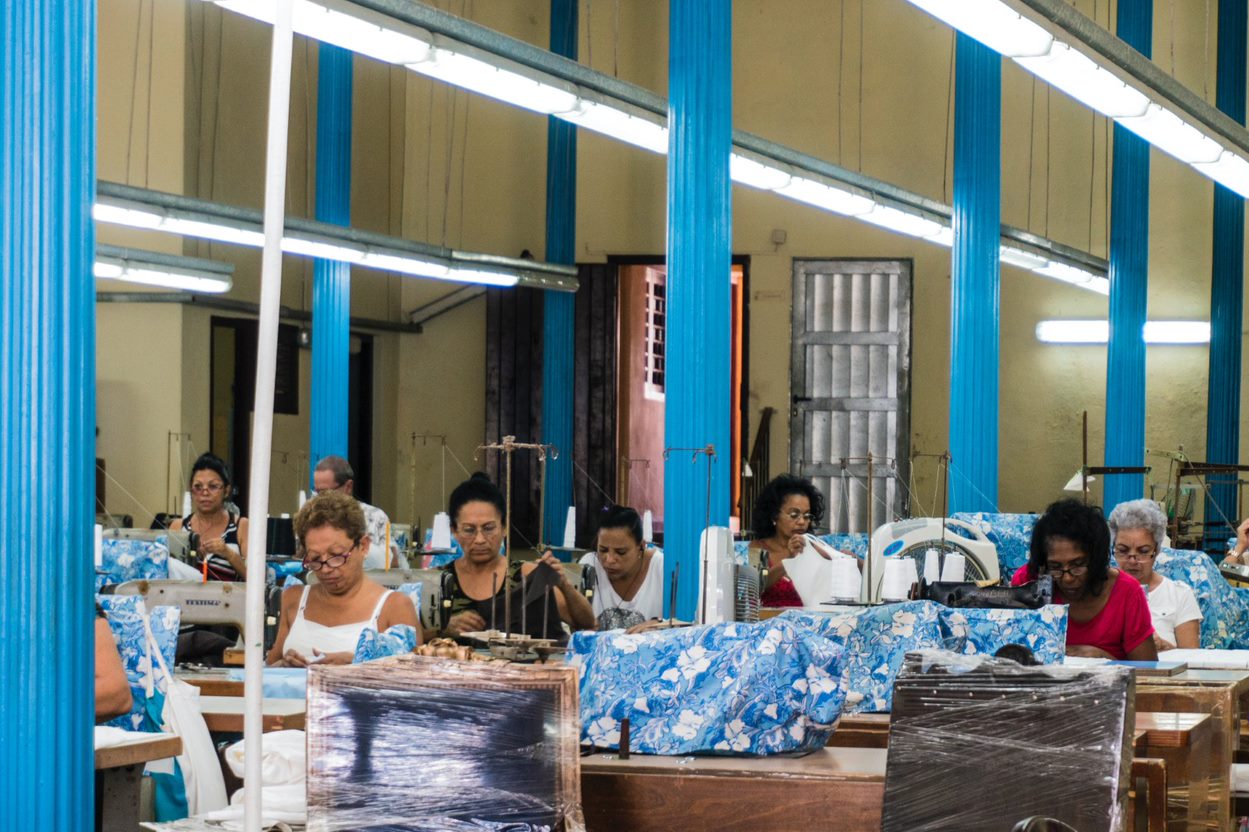Example in Action: Better Work Impact Evaluation

A multidisciplinary academic team from Tufts University and the ILO conducted a long-term impact evaluation of the Better Work program from 2009–2015. The methodology evaluated project outcomes beyond the factory or industry level. In certain countries, the study team used the methodology to look at both managers and workers to assess human development and economic development indicators. In other countries, impact measurement analyzed year-to-year changes in factory performance using a range of other qualitative research methods.
The study presented evidence that improvements in working conditions lead to higher productivity and firm profitability. Key findings showed that workers reach daily production targets nearly 40 minutes faster in factories with high rates of labor law compliance than in factories with lower rates. In addition, the study showed that when workers are concerned about verbal abuse, it takes them almost 1 hour extra per day to reach their production target.
It should be noted that, while review and assessment methods like independent monitoring, independent verification, and impact evaluation can verify that companies have robust systems in place to reduce the likelihood of child labor, forced labor, and other labor abuses in supply chains, none of these methods guarantees that these abuses are not present.
Learn more at https://betterwork.org.
DOL welcomes examples of good practices
to address child labor and forced labor.
Email us at GlobalKids@dol.gov.

 Step 7: Independent Review
Step 7: Independent Review


